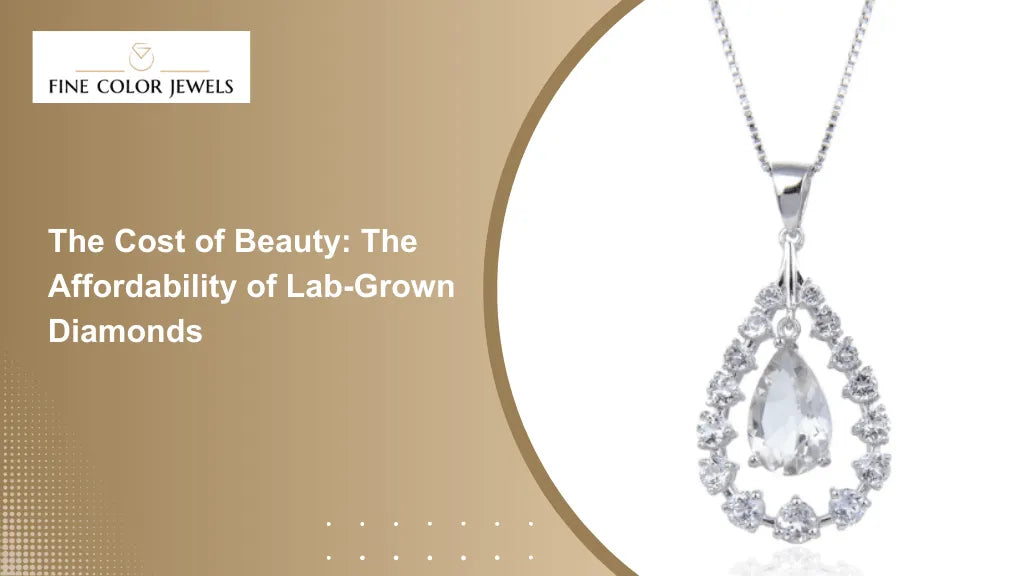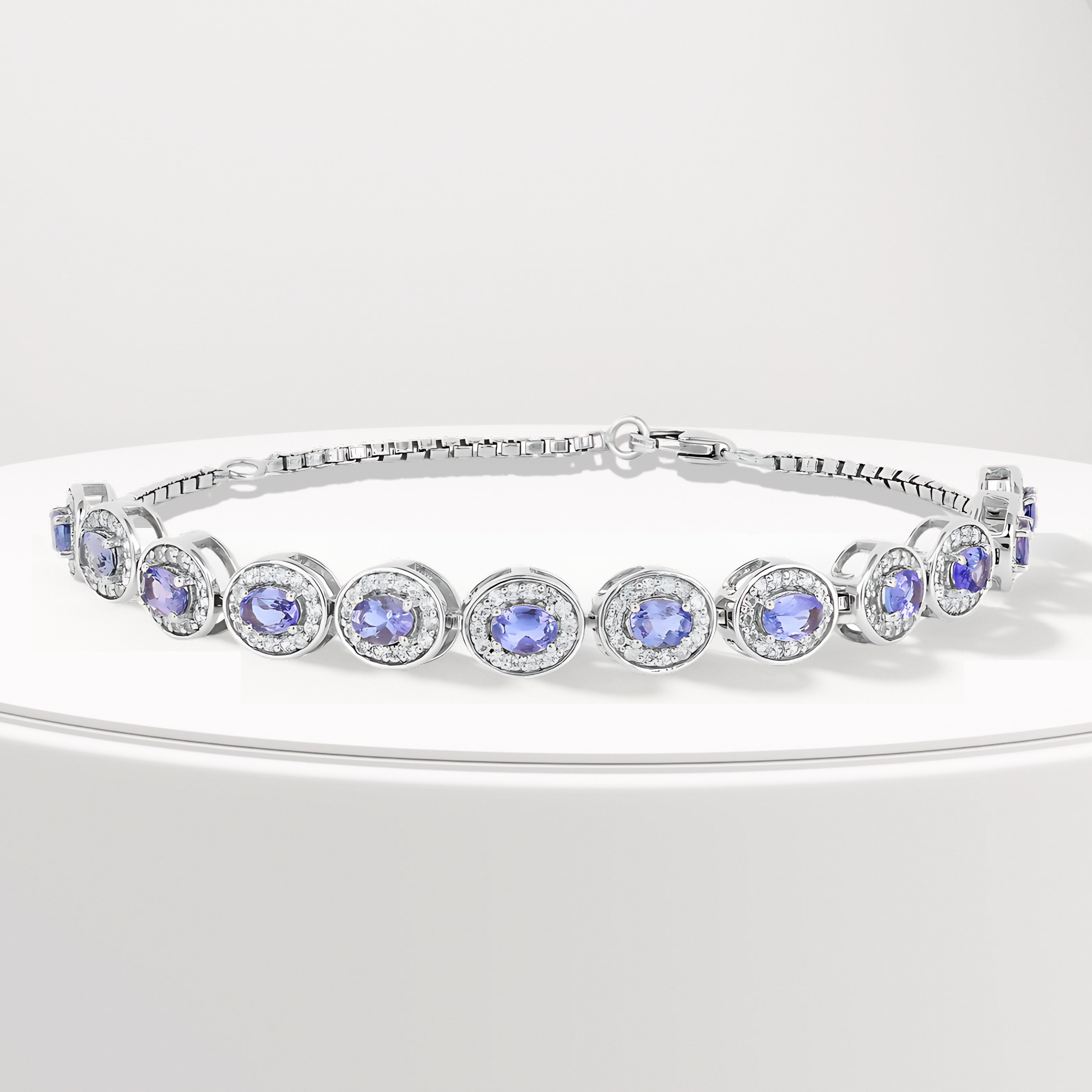
The Cost of Beauty: The Affordability of Lab-Grown Diamonds
Lab-grown diamonds are revolutionizing the jewelry industry, offering a more affordable option for those seeking the beauty and elegance of diamonds. In this article, we will explore the affordability of lab-grown diamonds, examining the science behind their creation, their quality and characteristics, their economic impact, pricing comparison with natural diamonds, and the future trends of this rapidly evolving market.
Understanding Lab-Grown Diamonds
Lab-grown diamonds, also known as synthetic diamonds or cultured diamonds, are created in a laboratory environment using advanced technology. These diamonds are composed of the same carbon crystal structure as natural diamonds, making them physically and chemically identical. However, the process of their formation differs.
The Science Behind Lab-Grown Diamonds: Lab-grown diamonds are created through two main methods: High Pressure High Temperature (HPHT) and Chemical Vapor Deposition (CVD). In the HPHT method, a diamond seed is placed in a chamber with carbon and subjected to intense pressure and temperature, allowing the carbon to crystallize and form a diamond. CVD involves the deposition of carbon atoms onto a diamond seed in a low-pressure chamber, resulting in the growth of a diamond over time.
The Quality and Characteristics of Lab-Grown Diamonds: Lab-grown diamonds possess the same physical and chemical properties as natural diamonds. They have the same hardness, brilliance, and sparkle. Additionally, lab-grown diamonds are available in a range of colors and clarities, offering consumers a wide selection to choose from.
One fascinating aspect of lab-grown diamonds is their eco-friendly nature. Unlike traditional mining methods for natural diamonds, which can have a significant environmental impact, lab-grown diamonds are created in controlled laboratory settings that minimize harm to the environment. This makes them a sustainable and ethical choice for those concerned about the ecological footprint of their jewelry.
Furthermore, lab-grown diamonds are revolutionizing the jewelry industry by offering an alternative to mined diamonds without compromising on quality. With advancements in technology and increased consumer awareness, the demand for lab-grown diamonds is on the rise. As more people recognize the benefits of these diamonds, including their affordability and ethical production process, they are becoming a popular choice for engagement rings, earrings, and other jewelry pieces.
The Economic Impact of Lab-Grown Diamonds
One of the significant advantages of lab-grown diamonds is their economic impact. As these diamonds are created in a controlled environment, their production costs are lower compared to mining natural diamonds. This cost advantage allows lab-grown diamonds to be more affordable for consumers.
The Production Costs of Lab-Grown Diamonds: The production of lab-grown diamonds involves significant initial investment in equipment and research. However, once the infrastructure is in place, the cost per carat of creating lab-grown diamonds is considerably lower than that of mining natural diamonds.
The Market Value of Lab-Grown Diamonds: The growing popularity of lab-grown diamonds has resulted in increased market demand. As a result, the market value of lab-grown diamonds has been steadily rising. This trend further enhances the affordability factor for consumers.
Environmental Impact of Lab-Grown Diamonds: In addition to their economic benefits, lab-grown diamonds also have a significantly lower environmental impact compared to mined diamonds. The process of creating lab-grown diamonds produces fewer carbon emissions and has minimal impact on ecosystems, making them a more sustainable choice for environmentally-conscious consumers.
Technological Advancements in Lab-Grown Diamond Production: Over the years, there have been significant technological advancements in the production of lab-grown diamonds. Innovations in techniques such as Chemical Vapor Deposition (CVD) and High Pressure High Temperature (HPHT) have improved the efficiency and quality of lab-grown diamonds, further driving down production costs and expanding the market for these ethically sourced gems.
The Affordability of Lab-Grown Diamonds
Compared to natural diamonds, lab-grown diamonds offer a more affordable option without compromising on quality or beauty. The affordability factor stems from various aspects of the lab-grown diamond industry.
Pricing Comparison: Lab-Grown vs. Natural Diamonds: When comparing prices, lab-grown diamonds are generally priced at a significantly lower rate than natural diamonds of similar quality. This price difference is due to the lower production costs associated with lab-grown diamonds.
Factors Influencing the Price of Lab-Grown Diamonds: The price of lab-grown diamonds can vary based on factors such as size, color, clarity, and cut. However, even with these considerations, they still remain more affordable compared to natural diamonds.
One of the key factors contributing to the affordability of lab-grown diamonds is the sustainable and ethical practices involved in their production. Unlike natural diamonds, which are often associated with environmental concerns and ethical issues related to mining practices, lab-grown diamonds are created in controlled laboratory settings. This not only ensures a more sustainable approach to diamond production but also eliminates the risk of supporting unethical mining practices.
Furthermore, the technological advancements in diamond-growing techniques have significantly improved the efficiency of lab-grown diamond production. By utilizing cutting-edge technology and innovative processes, manufacturers can create high-quality diamonds in a shorter amount of time and with fewer resources. This increased efficiency plays a crucial role in reducing the overall production costs, ultimately making lab-grown diamonds a more cost-effective option for consumers seeking beautiful and sustainable alternatives to traditional diamonds.
The Future of Lab-Grown Diamonds
The future of lab-grown diamonds looks promising and could potentially disrupt the traditional diamond industry in numerous ways.
Predicted Trends in Lab-Grown Diamond Pricing: As technology improves and economies of scale are achieved, the cost of producing lab-grown diamonds is likely to decrease further. This could make lab-grown diamonds even more affordable and accessible to a broader consumer base.
The Environmental Benefits of Lab-Grown Diamonds: In addition to the cost advantages, lab-grown diamonds also offer significant environmental benefits. Traditional diamond mining can have a detrimental impact on the environment, including deforestation, soil erosion, and water pollution. In contrast, lab-grown diamonds are created in controlled laboratory settings, reducing the ecological footprint associated with diamond mining.
The Potential Impact of Lab-Grown Diamonds on the Jewelry Industry: The rising popularity of lab-grown diamonds has raised questions regarding their impact on the traditional diamond mining industry. While they do not replace natural diamonds, lab-grown diamonds provide consumers with a sustainable and cost-effective alternative.
Consumer Awareness and Education: As consumers become more informed about the origins of their purchases, the demand for ethically sourced and environmentally friendly products continues to rise. Lab-grown diamonds offer a transparent and traceable supply chain, appealing to conscientious consumers who prioritize sustainability.
In conclusion, lab-grown diamonds offer an affordable solution for those seeking the beauty and elegance of diamonds. Their production costs are lower, resulting in lower prices for consumers. Furthermore, the future trends indicate that lab-grown diamonds will become even more affordable as technology advances. This shift in the market has the potential to reshape the jewelry industry and provide consumers with a wider range of choices. With lab-grown diamonds, the cost of beauty becomes more within reach for everyone.


 Amethyst
Amethyst White Topaz
White Topaz Blue topaz
Blue topaz Emerald
Emerald Garnet
Garnet Sapphire
Sapphire Ruby
Ruby Sapphire
Sapphire Canary Yellow Sapphire
Canary Yellow Sapphire Alexandrite
Alexandrite Opal
Opal Moissanite
Moissanite Pink Cubic Zirconia
Pink Cubic Zirconia Emerald
Emerald
 Citrine
Citrine

 Others
Others
 Lab Grown Diamond
Lab Grown Diamond Lab Grown Padparadscha
Lab Grown Padparadscha Lab Grown Colombian Emerald
Lab Grown Colombian Emerald Lab Grown Ruby
Lab Grown Ruby Lab Grown Purple Sapphire
Lab Grown Purple Sapphire




 January - Garnet
January - Garnet February - Amethyst
February - Amethyst March - Aquamarine
March - Aquamarine April - Diamond
April - Diamond May - Emerald
May - Emerald June Alexandrite
June Alexandrite July - Ruby
July - Ruby August - Peridot
August - Peridot October - Opal
October - Opal November - Citrine
November - Citrine December - Blue_Topaz
December - Blue_Topaz





